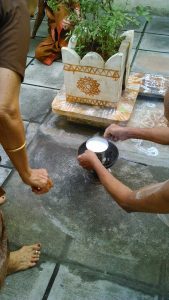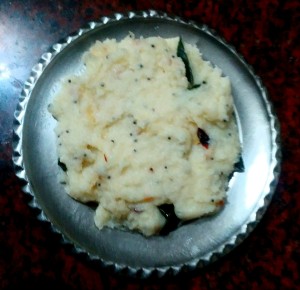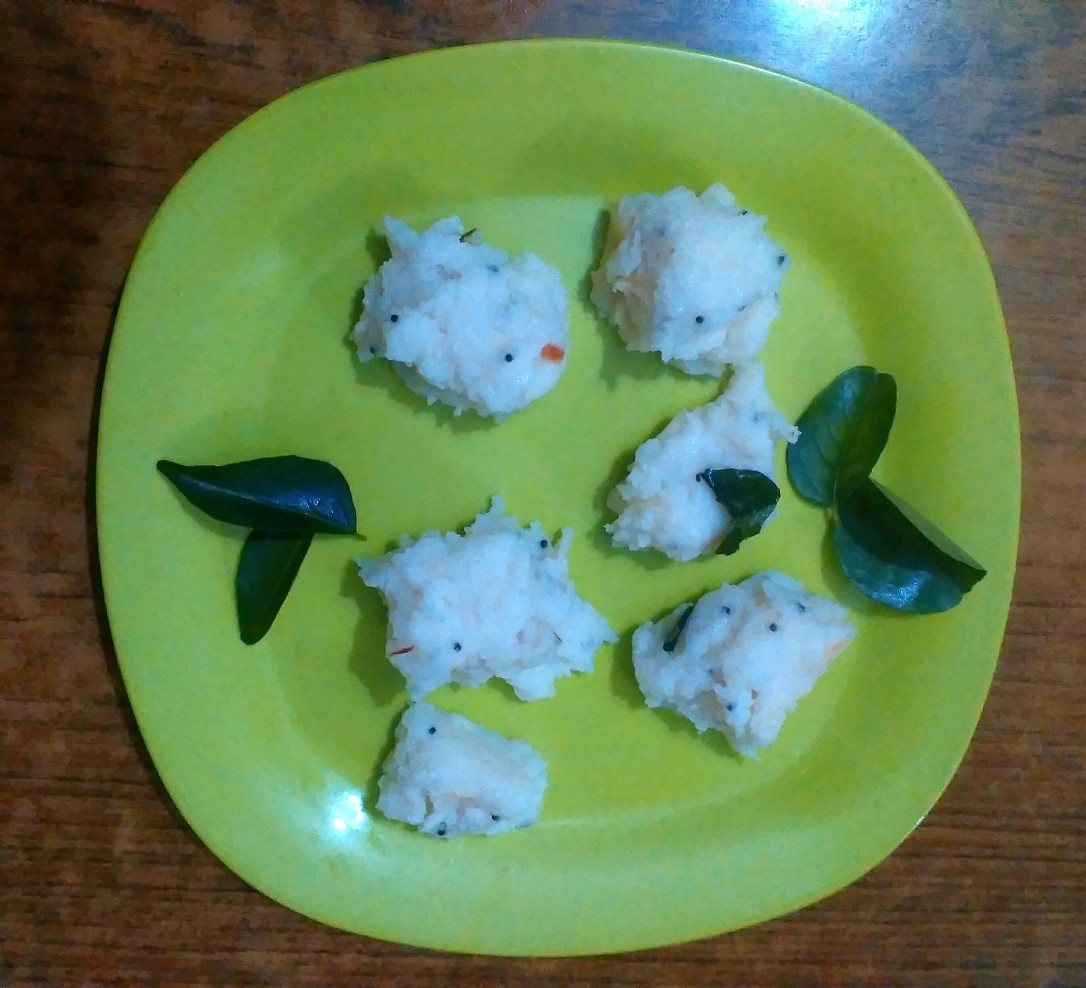‘Surya’– the Sun God in Hindu mythology is commonly referred to as the ‘Sun’. HE is the main deity of the navagrahas- the nine planets (inclusive of the Sun) of the Hindu Astrology. Surya is believed to be the giver of intelligence, confidence, leadership qualities, good health, courage, fame, success, power and much more. Hinduism and Hindu culture has many festivals dedicated to this eye of the universal form of Lord Vishnu himself. Sapthami thithi or the Ratha sapthami is one such major Hindu festival dedicated to Lord Surya. This day is also celebrated as Surya Jayanthi as it is believed that Lord Vishnu incarnated as ‘Surya’ on this day.
Ratha sapthami marks the seventh day ( after the amavasya- new moon) following the Sun’s northerly movement (uttarayana) of vernal equinox (beginning of spring). It is presumed that the Sun God turns his Ratha (chariot) drawn by seven horses towards the northern hemisphere in a north-easterly direction to trigger the beautiful season of spring. The following days become warmer and indicate a seasonal change. It is said that, chariot of Sun has only one wheel that represents the Kaalachakra and the seven horses represent seven colours of light (VIBGYOR); and also the seven days of the week. Surya’s chariot has 12 wheels (each of 30 degrees) of the zodiac (360 degrees) and constituting a full year.
According to some scholars, there are deeper and profounder interpretations of what Ratha Sapthami stands for. Saptha means seven. It is indicative of the saptha swaras that underlie all of music. In other words, it is indicative of sound in general. We also know that Sabda means sound too. Thus there is a correlation between sound and Ratha Sapthami. The Siddhas say that the word Ratha is symbolic of the mind. The mind is the chariot. Many are the thoughts that arise in the human mind. These thoughts are like many different horses which pull the mind in many different directions. But for the mind to make systematic progress towards the Divine, the right set of horses should pull it in the right direction. This is the Siddha insight on the deeper meaning of Ratha Sapthami. In a nutshell, controlling the mind and putting it on the path to God, is the essential philosophy behind the celebration of Ratha Sapthami.
The festival, culture and the rituals associated with Ratha sapthami:
Ratha sapthami seeks the benign spread of energy and light from the Sun God and also marks the gradual increase in temperature across South India indicating the arrival of spring. It is considered to be the most important saptami in a year. It is believed that in the Mahabharata, Bheeshamacharya chose this day to leave his body and attain ‘moksha.’ It is also said that the earth’s inclination towards the sun is steepest on the Ratha Saptami day.
Ratha Saptami is observed differently in different parts of India. The day is of great significance in Andhra Pradesh, Maharashtra and Tamil Nadu. Special pujas take place on this day at the Tirupati Balaji Temple worshiping Lord Vishnu in the form of Surya Narayana
It is sheer dedication to the Sun God where He is respected and worshipped with strong faith for He is the main source for life’s sustainability. This festival is a chance to express our gratitude towards Sun. It holds great importance to farmers as it also signifies the beginning of the harvest season.
let me describe how we celebrate Ratha Sapthami at home:
We traditionally start our day with putting a rongoli / kolam outside the house which is believed to be both an auspicious and a preliminary necessity in any religious ritual. On Ratha sapthami day, a traditional ragoli depicting sun’s Chariot is drawn depicting the essence of the festival.

Now the rituals begin with the purification bath by placing erukku/arka leaves (calotropis- commonly known as gaint milkweeds/ crown flower) on our body before the sun rise. The sacred writings of Hinduism or the sasthra as we Indian’s call, insist that one should always take bath facing east ( the direction of sun’s rise) because the sun has always been recognized as a major energy source by human beings from time immemorial and also keeping in to account that it’s radiation would be bearable in its rising stage!
Why erukku/arka patra (milkweed leaves) in particular? And why does it hold an important place in worshipping the Sun?
To find an answer to this let’s look deep in to the aspects of this particular plant and its significance in relation to the Sun. ‘arka’ means ‘ray of light’ in Sanskrit and from which the plant gets its name as ‘erukku/ arka’ . Arka is also a synonym for Surya or Sun.It is believed that Sun God’s chariot is in perfect square shape and his shoulders are also in square shape (four angles). Configuration of Arka plant also appears in perfect angle with one pair of leaves exactly opposite to the other and it is believed that Arka leaves represent the shoulders and chariot of Sun God. In ayurvedic medicine, Arka is used in curing skin diseases, leprosy, tumors, joint pains, wounds etc., It is called as a healing herb like Sun God as a healer.
Generally the ritualistic ceremonious bath involves placement of seven leaves – one on the head, two on the shoulders, two on the knees and two on the feet. Men place some uncooked rice on stacked Erukku leaves and take bath. Women add a little turmeric powder to the uncooked rice.
Among the Madhwas*- the Seven Erukku leaves are placed in the following order 3 on the head, 2- one left shoulder and 2 on right shoulder and take bath facing east. This seven signifies the seven horses of Surya’s Chariot…
Blessings of Goddess Maha lakshmi will be cherished to those who take holy bath on ratha sapthami day with rice, arka leaves. By following this people believe that Lord Suryanarayana will bless them with success in all their endeavors in the coming year and also the sin due to the earlier births and the sin added from this birth will be neutralized.
Argyam or (Tharpanam) (water held in the palms) is offered to the Sun God on this day while chanting mantras to the Sun God. It also involves doing a puja with the ritual Naivedhya (food offering to Sun God), and offering of flowers and fruits.

On a plank, we draw the ratha( chariot) using chemman/geru/ red soil and kola podi decorating the chariot with flags on the top, sun and moon inside . Below it we draw a rectangle with ten small square boxes inside. We fill each box with rice, salt, pulses, jiggery, tamarind, sugarcane, dried chilli, elandapazham/jujube, any vegetable .This arrangement represents the harvest. We place this plank in front of the thulasi maadam which is usually in the open backyard.
As for the neivedhya , we boil the milk in the open ( under the sun) using a Kumpati ( a type of stove in which we use charcoal as fuel).But we also use cowdung , dried cakes and in a vessel Milk is poured and placed near the plank where the ratha is drawn. When the milk boils over the vessel and spills (this is considered auspicious)we then add some sugar to it.

Then the Surya puja starts by anointing the chariot of Lord Surya with turmeric and kumkum. During the puja , beetal nuts and betal leaves , coconut, bananas , boiled milk ( the one we did in the open ) and fruits are offered to the deity. The women in the family do the thulasi pooja and offer flowers and fruits as neivedhya.
Rathasapthami is specially auspicious if it falls on a Sunday- which is the day of the SUN. Rathasapthami on this year (2018) falls on January 24th
Sun is called as Namaskara Priya. He blesses the devotees who offer him a simple namaskara with all sincerity and devotion. That is how the Surya Namaskara a yogic prakriya related to Sun has become very popular. Worshiping Sun God with pure mind and devotion is said to help us seek victory over external and internal (jealousy, weakness, anger) enemies.
May the Sun God bestow good health, peace and prosperity on all of us!
(* particular sect of Vaishnava Hinduism who follow the Dvaita school of Vedanta philosophy as espoused by Sri Madhvacharya)
Sources: Thathvavadha, SriSudha magazines and news reports and word of mouth by family elders. Since we are stauch in following the rituals and pujas, I am getting involved in these for the past 9 years post marriage. The photographs are my personal ones taken during last year’s Rathasapthami @ home



